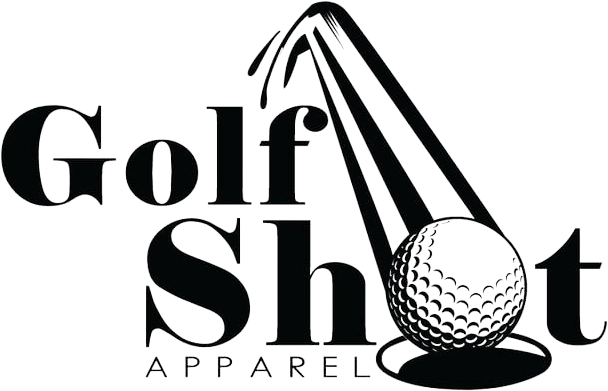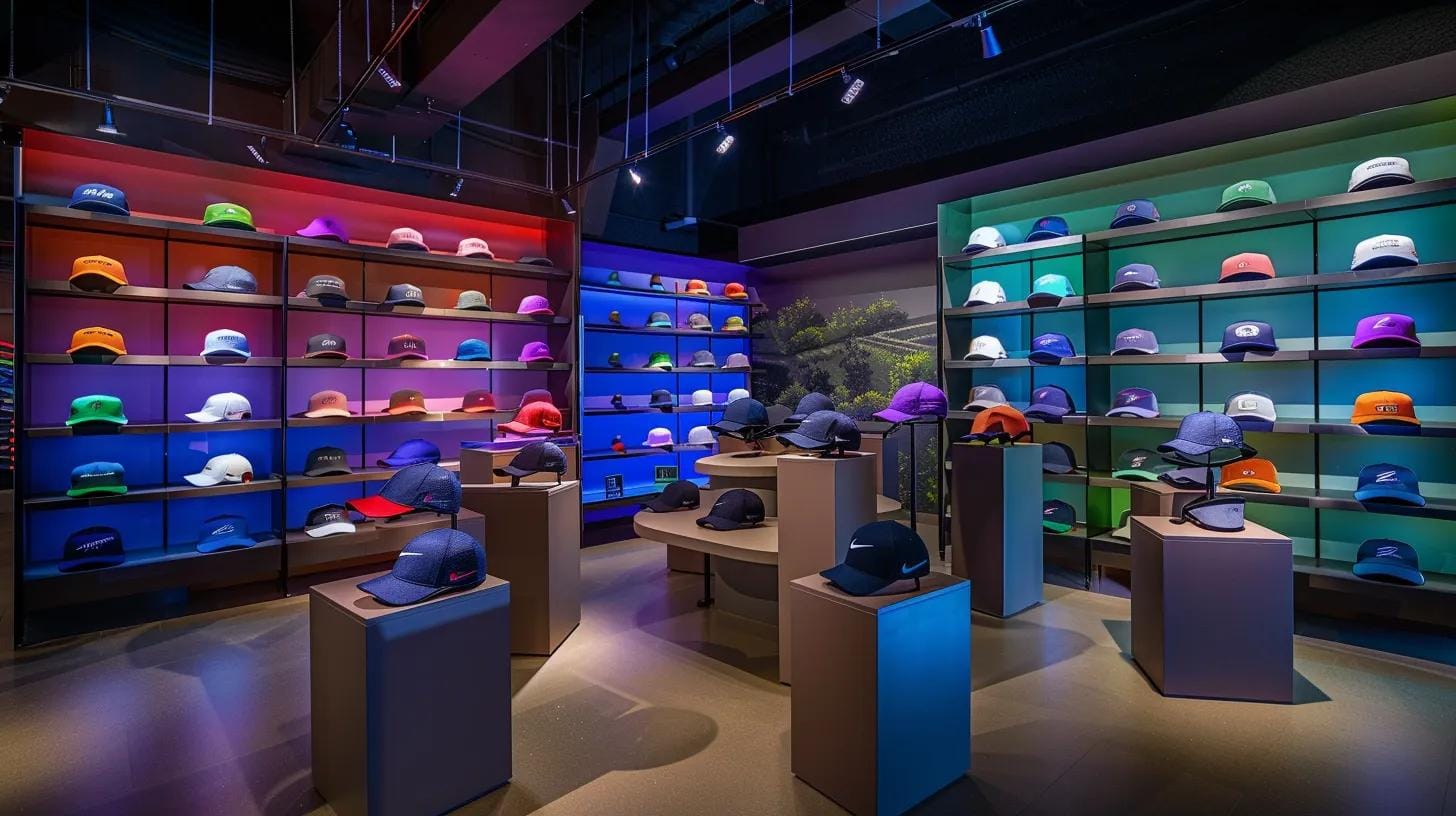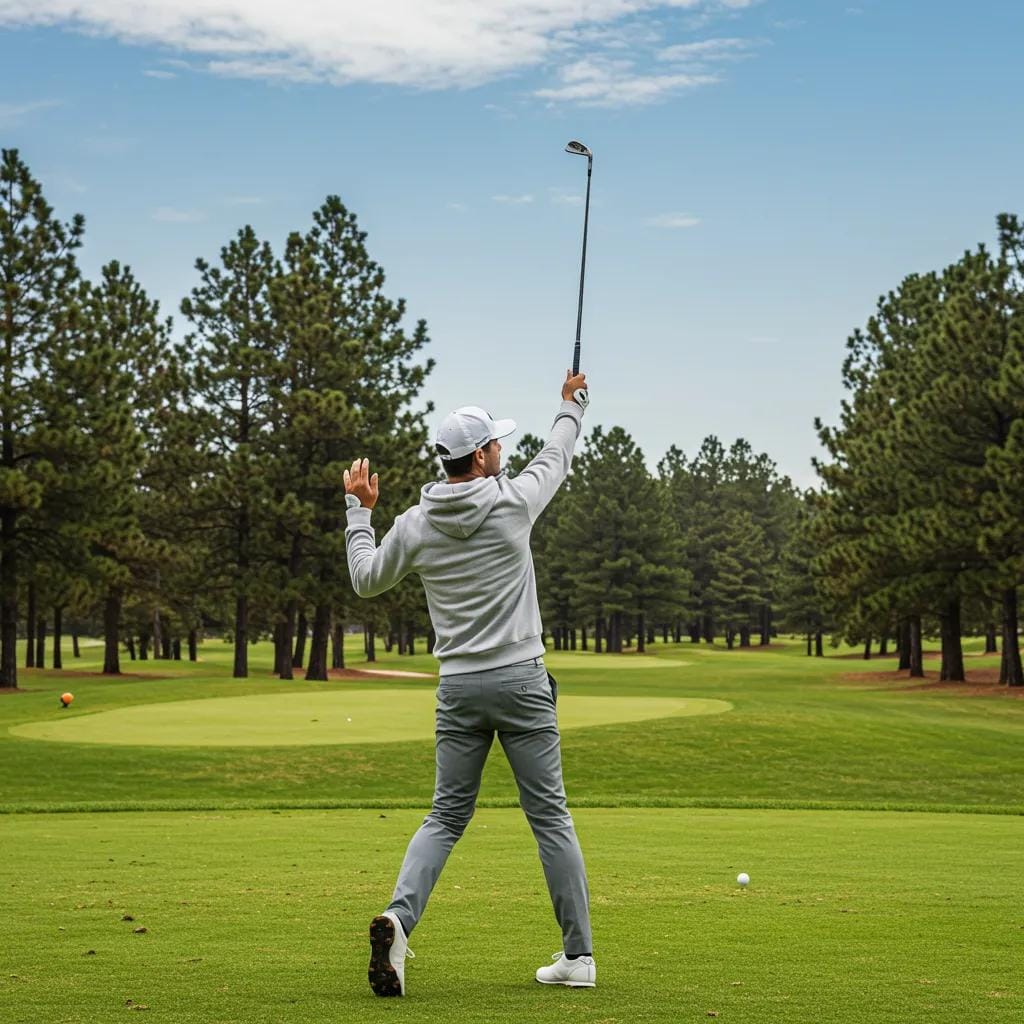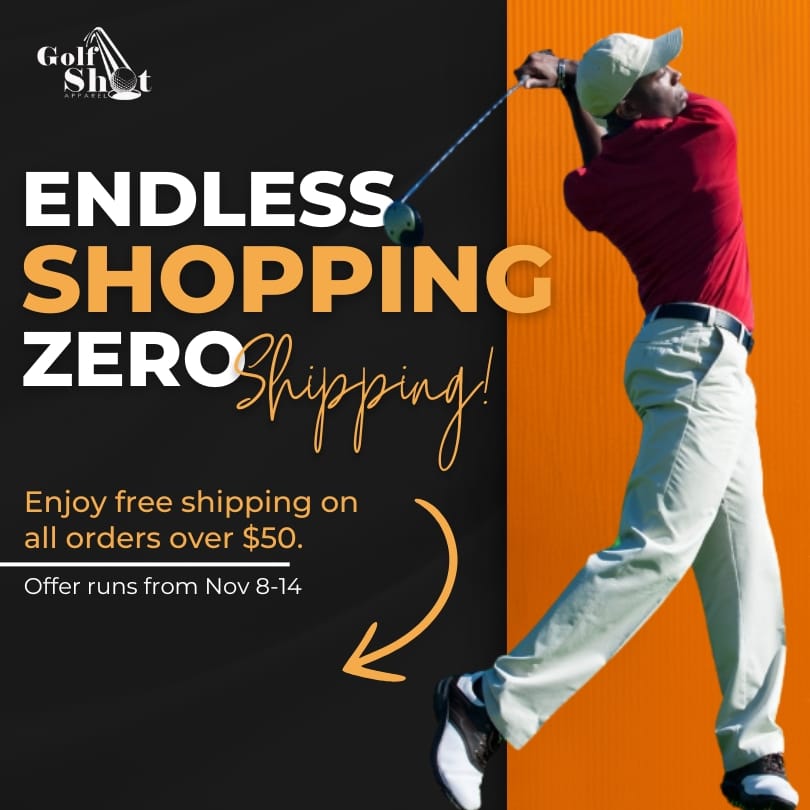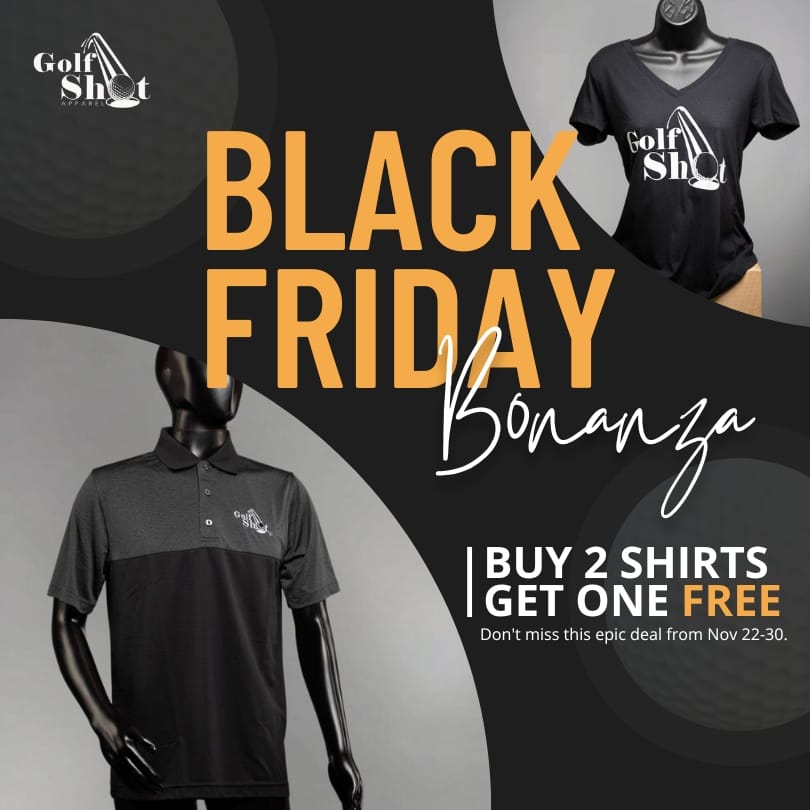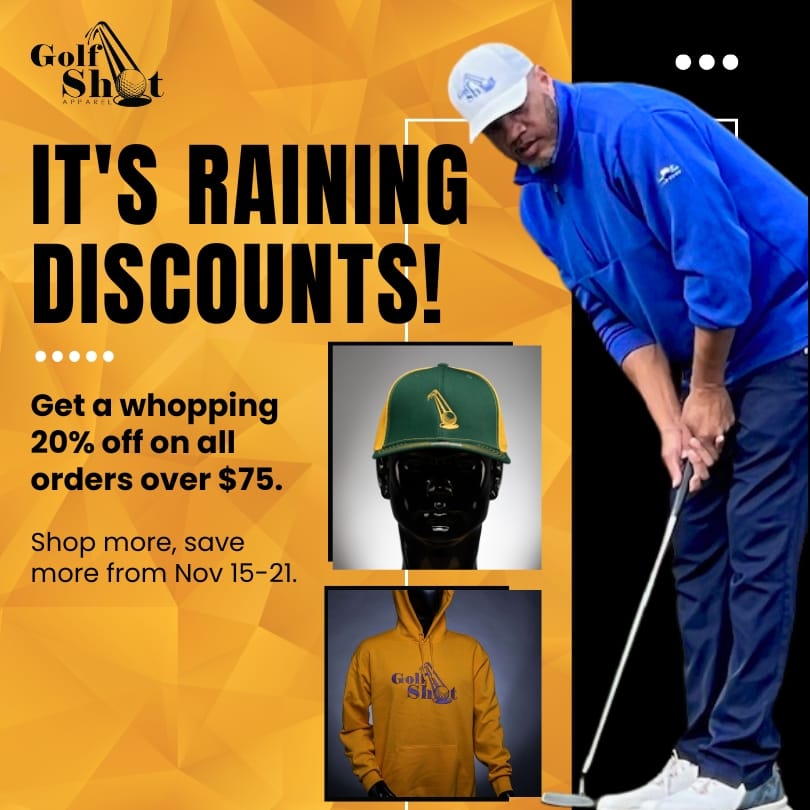When you’re out on the course, the right golf visor does more than just block the sun—it can elevate your performance and your style. A good visor shields your eyes from glare, keeps your head cool, and adds a polished, athletic look to your outfit. But with so many options on the market, choosing the best one means finding that perfect balance of comfort, function, and flair. In this guide, we’ll break down the best golf visors designed to keep you protected from the sun while complementing your personal style, so you can focus on your swing without squinting.
Best Golf Visors to Up Your Game in Style
Which Materials Offer the Highest UPF Ratings in Golf Visors?
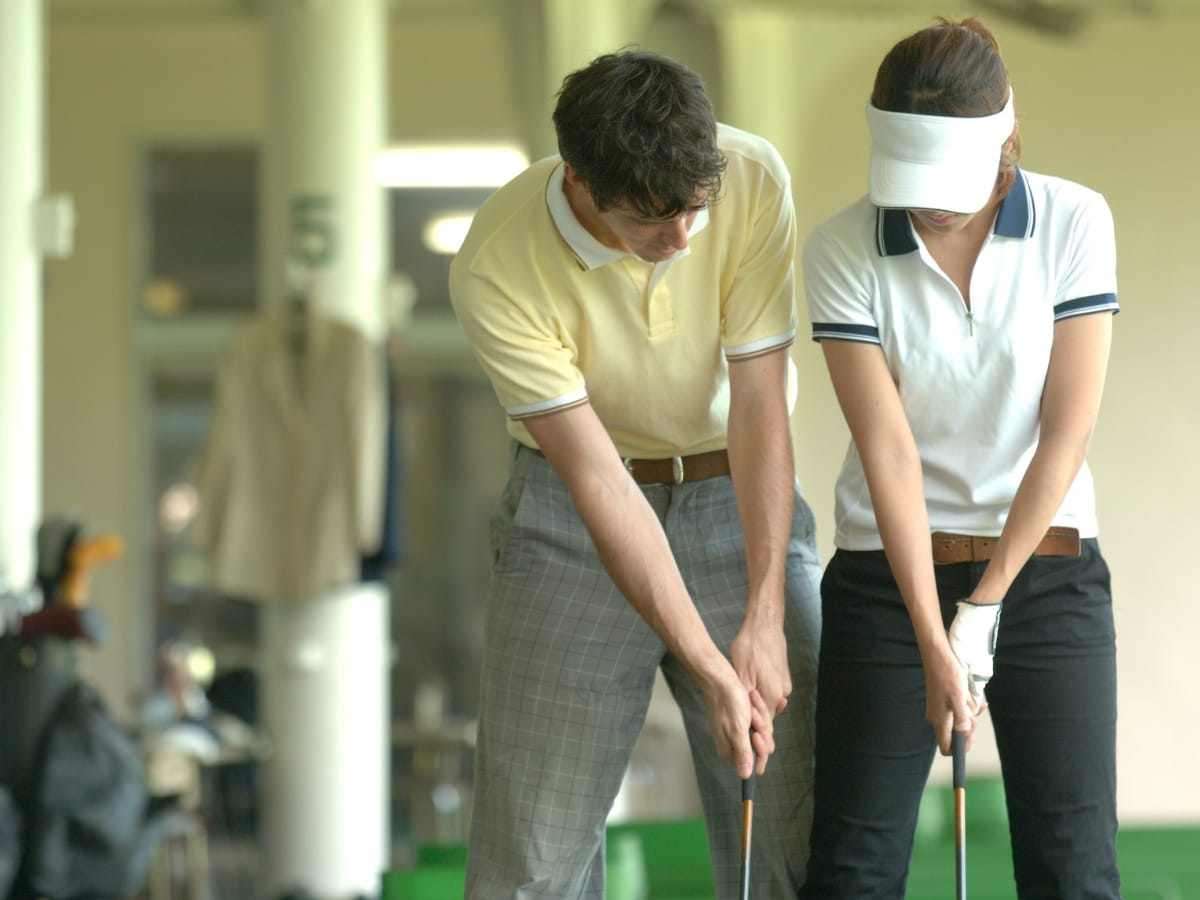
Golf visors achieve effective sun protection through tightly woven fabrics and specialized treatments. Synthetic fibers like polyester and nylon are the most reliable choices. Polyester’s dense weave reflects UV rays while pulling moisture away from the skin. Nylon offers strong UV absorption and holds its shape after repeated wear. Small amounts of elastane or spandex are often blended in to ensure a comfortable, close fit that prevents gaps along the forehead and temples.
Manufacturers enhance these fabrics with UV-resistant dyes that bond pigments directly to the fibers, maintaining breathability without reducing UPF performance. Advanced micro-perforation techniques introduce tiny, evenly spaced holes that allow air to circulate while blocking more than 98 percent of UV radiation. Together, these methods strike a balance between cooling airflow and dependable sun protection, so golfers stay comfortable even on the hottest days.
Fit and design also play a critical role. A visor that sits snugly against the head keeps sunlight from sneaking underneath the brim. Stretchable bands made from blend fabrics adapt to different head shapes and ensure an even seal. Moisture-wicking sweatbands on the inside absorb perspiration and prevent slipping, reducing the need for adjustments during play. Prioritizing both material performance and secure fit helps maintain consistent coverage throughout every swing.
When choosing a visor, look for those carrying a UPF 50+ label, which guarantees at least 98 percent UV blockage. Visors made from polyester-nylon blends with added stretch and treated with UV-blocking dyes deliver the best combination of durability, comfort and protection. Paying attention to air permeability and drying speed will ensure the fabric remains light and breathable, even under direct sun.
How Moisture-Wicking Fabrics Enhance Comfort on the Golf Course
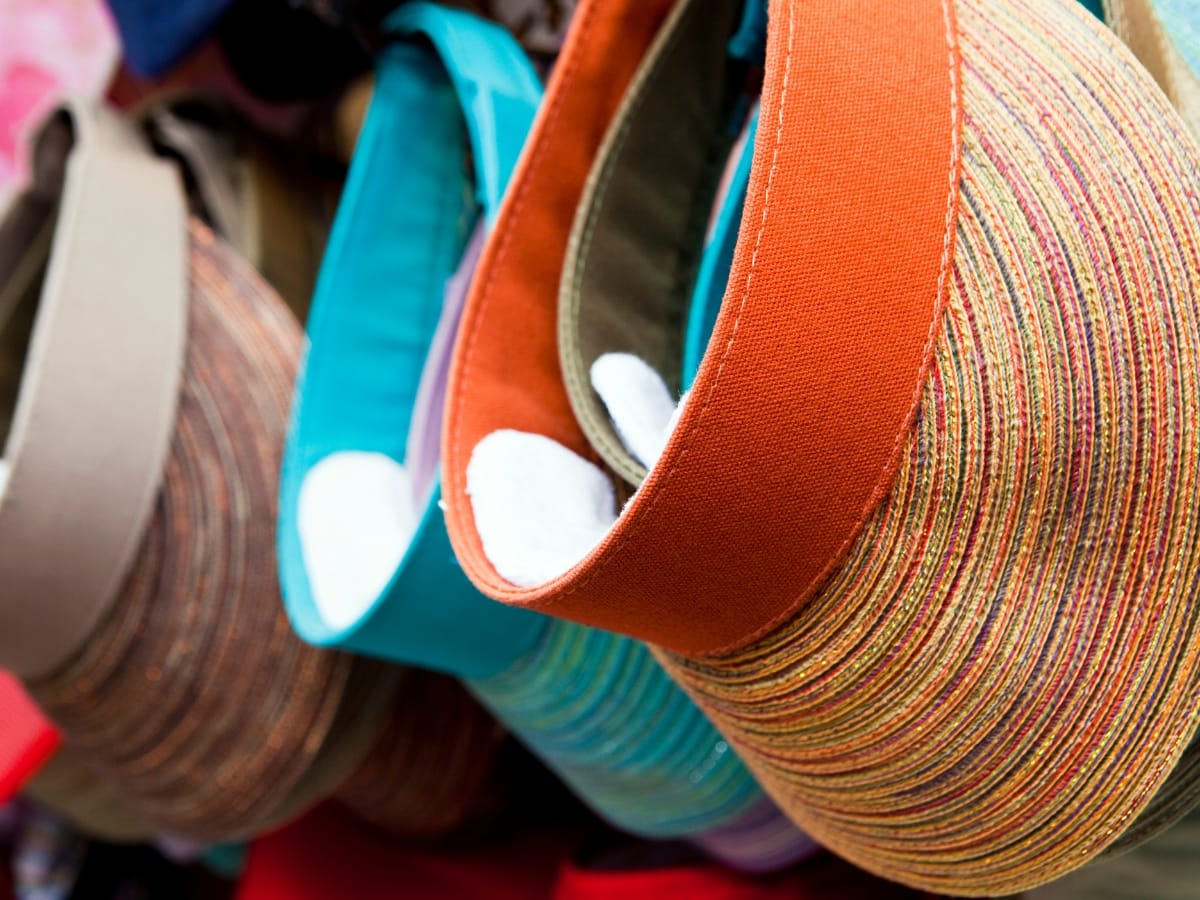
Moisture-wicking fabrics pull sweat away from the skin and speed up evaporation, keeping a visor dry and light even during intense play. Synthetic fibers such as polyester are engineered with tiny channels that transport moisture to the outer surface of the fabric, where it disperses quickly. This built-in airflow prevents the visor from becoming heavy and uncomfortable, so golfers can focus on their swing rather than constantly adjusting damp headwear.
Visors that combine moisture management with stretch blends ensure a reliable fit under pressure. Elastane or spandex woven into the band helps the fabric conform closely to different head shapes, maintaining a seal that stops sweat from dripping into the eyes. Some designs also feature mesh-lined sweatbands, which add an extra layer of moisture control and comfort without reducing the UPF rating of the visor.
Laboratory tests show that moisture-wicking materials can lower skin temperature by one to two degrees Fahrenheit compared to cotton. Cooler skin helps delay the onset of fatigue, so players stay sharper and more comfortable throughout a round. By reducing distractions from sweat and overheating, these fabrics support better focus and performance, especially on hot, humid days. Beyond technical fibers, construction matters too. Seamless sweatbands and flatlock stitching prevent chafing and pressure points, while lightweight, fast-drying fabrics resist odor buildup over time. Many manufacturers treat these fabrics with antimicrobial finishes to keep them feeling fresh round after round.
What Design Features Improve Sun Coverage Without Sacrificing Style?
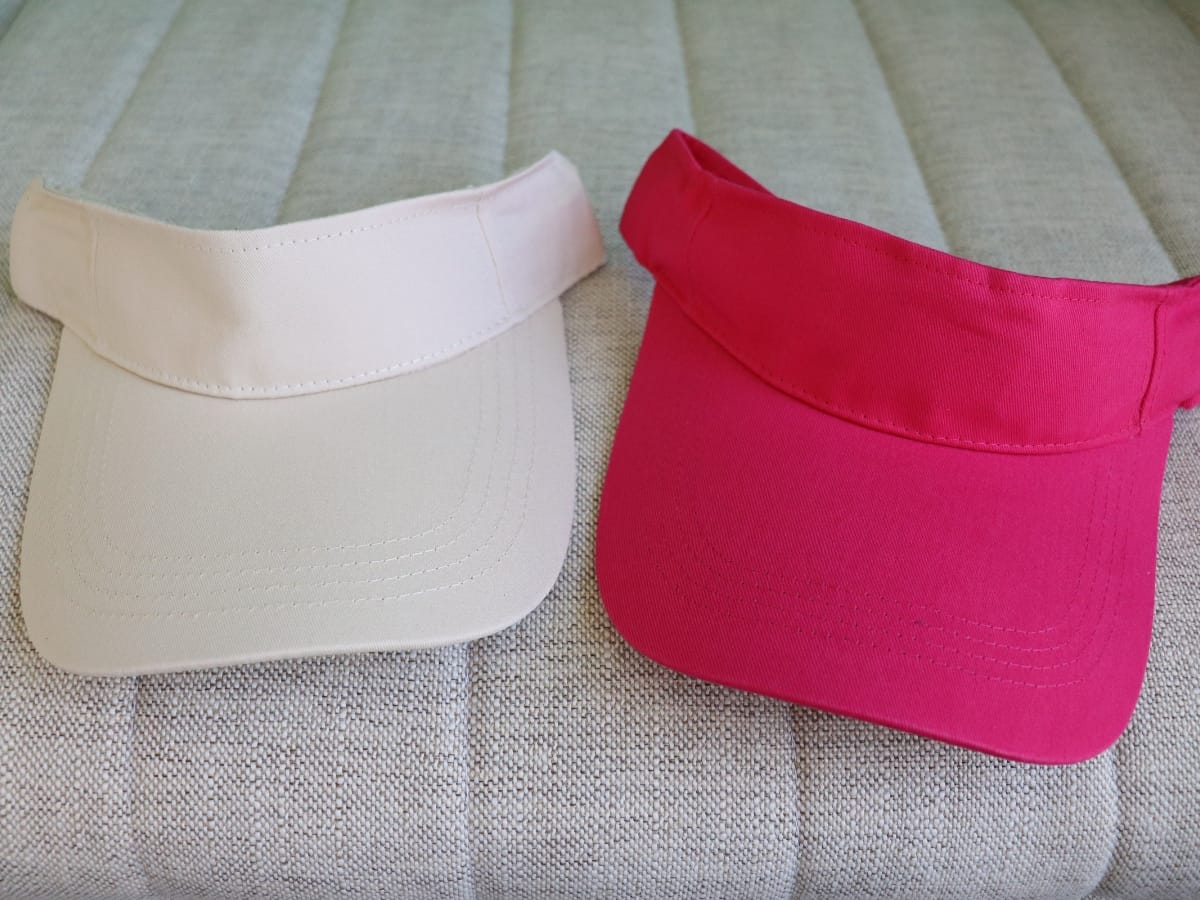
Modern golf visors combine sun protection with a sleek look. Key design features include:
- Wide, Curved Brim: Extends over the forehead and temples, cutting glare and shielding the eyes without weighing down the visor. The gradual curve directs sunlight away while maintaining a streamlined profile.
- Adjustable Closures: Snap fasteners or hook-and-loop straps let you set a firm, customized fit. A secure closure prevents slipping during swings and keeps the visor aligned for consistent coverage.
- Ventilation Panels: Mesh inserts along the crown boost airflow and help heat escape. Strategically placed vents allow cool air to circulate, reducing sweat buildup and keeping your head temperature stable.
- UV-Reflective Coatings: Special treatments infuse pigments that bounce back sunlight while preserving fabric color. These coatings ensure a UPF rating of 50 plus without compromising on a vibrant finish or fabric softness.
- Reinforced Construction: Stitching at the brow and seams holds the visor’s shape round after round. Durable brow pads and sturdy stitching guard against wear while supporting comfortable contact with the forehead.
A well-designed visor merges these elements in a cohesive package. The interplay of wide brims and vented panels provides both coverage and breathability. Adjustable bands made from stretch blends adapt to different head shapes, maintaining a snug seal that prevents light from sneaking underneath. Durable fabrics and coatings stand up to repeated cleaning and sun exposure, preserving both protection and appearance over time.
How to Choose Stylish Golf Visors That Complement Your Look?

Finding a visor that reflects your personal style and performs on the course means striking the right balance between design and function. Clean, minimalist shapes and small logos work well with traditional golf outfits, while bold colors or subtle patterns—like camouflage, geometric shapes or abstract prints—can add a modern twist. Choose a color that fits your usual wardrobe palette. Neutral tones provide versatility, and a pop of red or green can act as a signature accent without overwhelming your ensemble.
Pay attention to fabric performance as well as appearance. A dense polyester-nylon blend offers reliable sun protection, and moisture-wicking fibers pull sweat away from the skin for quick evaporation. Look for visors with built-in ventilation panels that allow air to flow across the forehead, keeping you cool during long rounds on hot afternoons. These details ensure the visor stays dry and comfortable, even when the temperature rises.
Fit is just as important as style and fabric. A stretch-blend band helps the visor conform to your head shape, preventing it from slipping with each swing. Adjustable closures—whether snaps or hook-and-loop straps—let you fine-tune tension so the visor feels secure without pinching. A snug fit also keeps sunlight from sneaking under the brim at awkward angles, maintaining consistent coverage across every shot.
Maintenance plays a role in sustaining both look and performance. Hand-wash your visor in cool water with mild detergent, then air dry to avoid warping the brim or fading colors. Reinforced stitching at the seams and sweatband helps the visor hold its shape and resist fraying over time. Fabrics treated for colorfastness will stay vibrant round after round.
Which Colors and Patterns Are Most Popular for Golf Visors?
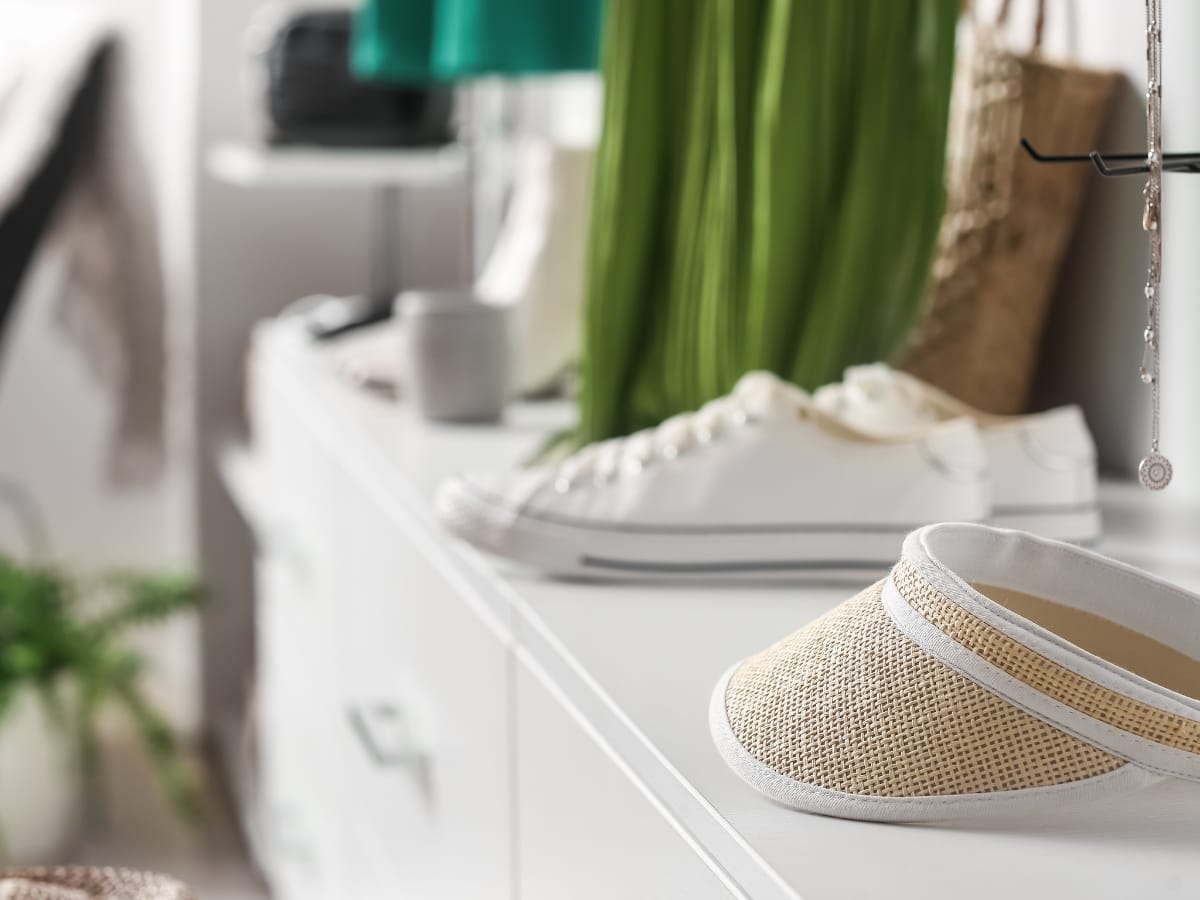
Color and pattern help golfers combine personal style with practical performance. Neutral tones such as black, navy, and charcoal gray remain top choices because they match almost any outfit and hide dirt longer between washes. In contrast, brighter shades—royal blue, crimson red, and emerald green—have grown in popularity. These vivid hues stand out against fairways and can add a touch of personality without drawing too much attention.
Visors with subtle graphic details or embossed logos give a refined edge. A small, raised emblem in a tone-on-tone finish adds texture without affecting breathability or sun protection. Printed patterns also make a statement. Tartan plaids in muted colors evoke classic charm, while geometric lines or subtle abstract shapes appeal to golfers who want a modern twist. These designs not only look good but also help conceal sweat marks or dust that can collect during an 18-hole round.
Seasonal shifts influence color trends as well. In spring and summer, lighter shades like sky blue, pale coral, and mint green are on the rise. They reflect more light and keep the head cooler under direct sunlight. As temperatures drop in autumn, deeper tones—burgundy, forest green, and slate—take precedence, pairing nicely with layered outerwear. Year-round staples like navy and gray bridge seasonal wardrobes and remain reliable options.
When choosing a patterned visor, consider how it coordinates with shirts, shorts or skorts. A geometric print in one accent color can tie back to a bolder polo, while a neutral base with a thin stripe or small check can work with multiple ensembles. For golfers who prefer minimal fuss, visors with tonal stitching or a simple piped edge add interest without clashing.
Fabric finish also affects appearance. Matte weaves absorb light for a subtle look, while synthetic blends with a slight sheen appear sharper and more polished. Both types offer UPF 50 protection, but the choice comes down to whether you want a subdued or more striking aesthetic.
How Do Visor Styles Vary for Different Golfing Levels and Preferences?

Visors designed for casual and recreational players emphasize lightweight comfort and ease of use. These models often use simple hook-and-loop closures or snap straps that golfers can adjust quickly between holes. Fabrics typically blend polyester and elastane to wick moisture away from the forehead and dry fast, keeping sweat from dripping into the eyes. Many entry-level visors include mesh panels on the crown to boost airflow on warm days. They also tend to come in a wider range of colors and patterns at accessible price points, so new golfers can experiment without a big investment.
For serious amateurs and club-level competitors, performance features take center stage. Professional-grade visors use high-tensile synthetic weaves that block at least 98 percent of UV rays while maintaining a structured shape shot after shot. Reinforced brims resist warping even when tossed into a golf bag, and integrated sweatbands are often treated with antimicrobial finishes to prevent odors. Advanced moisture-management systems—such as Coolmax or similar technical fibers—move sweat through multiple layers of fabric, ensuring the band around the brow stays dry during long rounds. Some models also include subtle reflective piping or low-profile logos for a polished look without distraction.
Golfers who prioritize maximum sun coverage may choose visors with extra-wide brims or wraparound designs that shield the temples and upper cheeks. These styles still allow full visibility of the ball and course while reducing the need to squint. Conversely, minimalist visors strip away all but the bare essentials: a thin brim, a thin headband, and no crown coverage. This ultra-light approach keeps eyes fully exposed to peripheral cues—ideal for players who depend on clear sightlines for aiming and reading greens.
Manufacturers recognize that head shapes and style preferences vary, so many visors come in both unisex and gender-specific fits. Women’s models often use slightly narrower bands and softer crown contours, while unisex versions offer a more generous fit.
What Are the Key Comfort and Performance Features in Golf Visors?
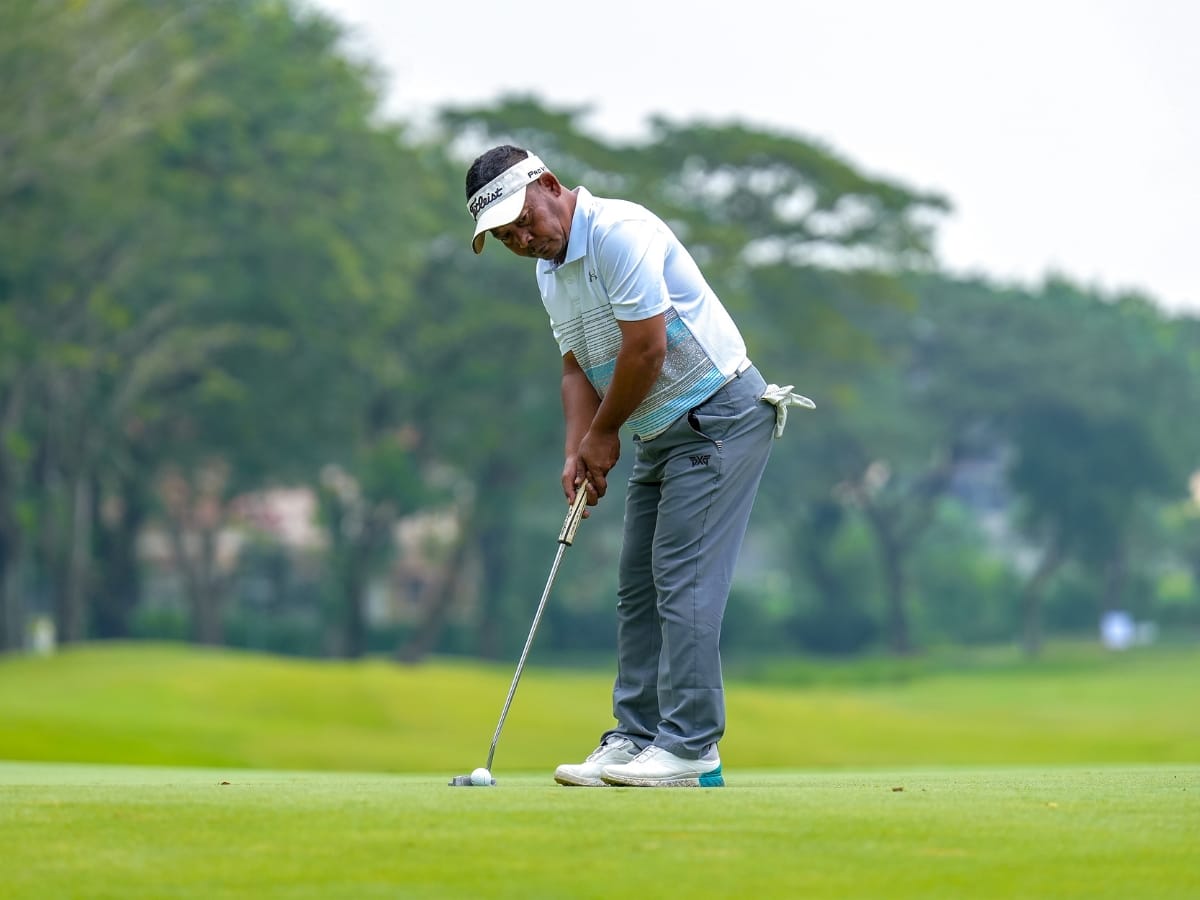
A well-designed golf visor brings together several important elements:
- Breathability: Mesh panels or micro-perforated fabrics let air flow across the crown, preventing heat from building up against your forehead.
- Adjustable Fit: Hook-and-loop straps, snap closures, or elastic inserts adapt to different head shapes and keep the visor from shifting during your swing.
- Durability: UV-resistant polyester-nylon blends hold up to repeated washing and sun exposure without fading or stretching out of shape.
- Moisture-Wicking: Technical fibers draw sweat away from the skin and spread it across the fabric’s surface, where it evaporates quickly, so you stay dry.
- Ergonomic Design: Contoured sweatbands and padded inner linings distribute pressure evenly, eliminate hot spots, and guard against chafing.
These features work together to keep you cool, focused, and protected from sun exposure throughout every round.
What Role Does Durability Play in Choosing a Golf Visor?

Durability ensures a visor continues to protect and perform under real-world conditions. On the course, headwear faces intense sun, sudden rain showers, and the constant movement of packing and unpacking. Today’s visors use high-grade polyester and nylon blends with UV-resistant finishes to guard against fading and fiber breakdown. These coatings block ultraviolet rays that can weaken material over time, keeping the fabric strong and color intact through countless rounds.
Construction details matter as much as fabric choice. Reinforced stitching along the brim and crown prevents seams from pulling apart when the visor bends or folds for travel. Brim materials—whether molded plastic or layered fabric—must resist warping when left in hot cars or exposed to direct sunlight for hours. Some manufacturers test their brims under heat lamps and humidity chambers to make sure they hold their shape rather than softening or cracking.
Sweatbands and inner linings also benefit from durable designs. Tight weaves and abrasion-resistant yarns in these areas prevent thinning where the most friction occurs. A visor that loses its sweatband shape will shift on the head and expose skin to sunburn, so longevity here directly affects performance and comfort. Many premium models use antimicrobial treatments on sweatbands to guard against odor buildup, keeping them fresh even after repeated use.
Cost is a key consideration. While a high-end visor may carry a higher price tag, its extended lifespan means fewer replacements and better overall value. Lower-cost options can degrade within months, losing UV protection and fit, which can lead to distracting mid-round adjustments or even potential sun damage. Investing in a durable visor ensures consistent coverage, reduces waste, and simplifies maintenance over the long term.
What Are the Price Ranges for High-Quality Golf Visors?

Golf visors span a range of price points that reflect their design, materials and performance features. Entry-level models, priced between $30 and $40, deliver reliable sun protection with straightforward polyester or nylon weaves and basic moisture-wicking properties. These options work well for occasional players who need a functional, no-frills visor without a high investment.
Visors in the $40 to $50 bracket step up with enhanced UPF ratings and more sophisticated fabrics. You’ll find moisture-management technologies—such as Coolmax blends or proprietary wicking yarns—that pull sweat away from the skin and dry faster than standard materials. Improved stitching and reinforced brims help these mid-range visors maintain their shape through regular play and wash cycles.
For golfers seeking top-tier performance, premium visors in the $50 to $70 range combine ergonomic fit systems, durable UV-resistant coatings, and advanced sweatband designs. These models often feature adjustable closures made from high-strength materials and finely tuned crown contours that conform to different head shapes. Antimicrobial finishes on the inner band keep odors at bay, while color-fast treatments protect against fading over dozens of rounds.
At the highest end, custom or specialty visors exceed $70. These pieces may include bespoke color schemes, limited-edition graphics, or collaborations with well-known designers and brands. They often use ultra-lightweight composites, precision-molded brims, and premium performance fabrics that meet the exacting standards of tour professionals. While the entry cost is higher, these visors can serve as wardrobe highlights and collector’s items.
Choosing the right visor ultimately depends on how you balance budget with desired features. If you play several rounds a week and demand consistent performance, investing in a mid-range or premium model can pay off through greater comfort, longer lifespan, and superior sun protection. Casual players may find that entry-level options meet their needs without overspending.
How to Care for and Maintain Your Golf Visor for Long-Lasting Use
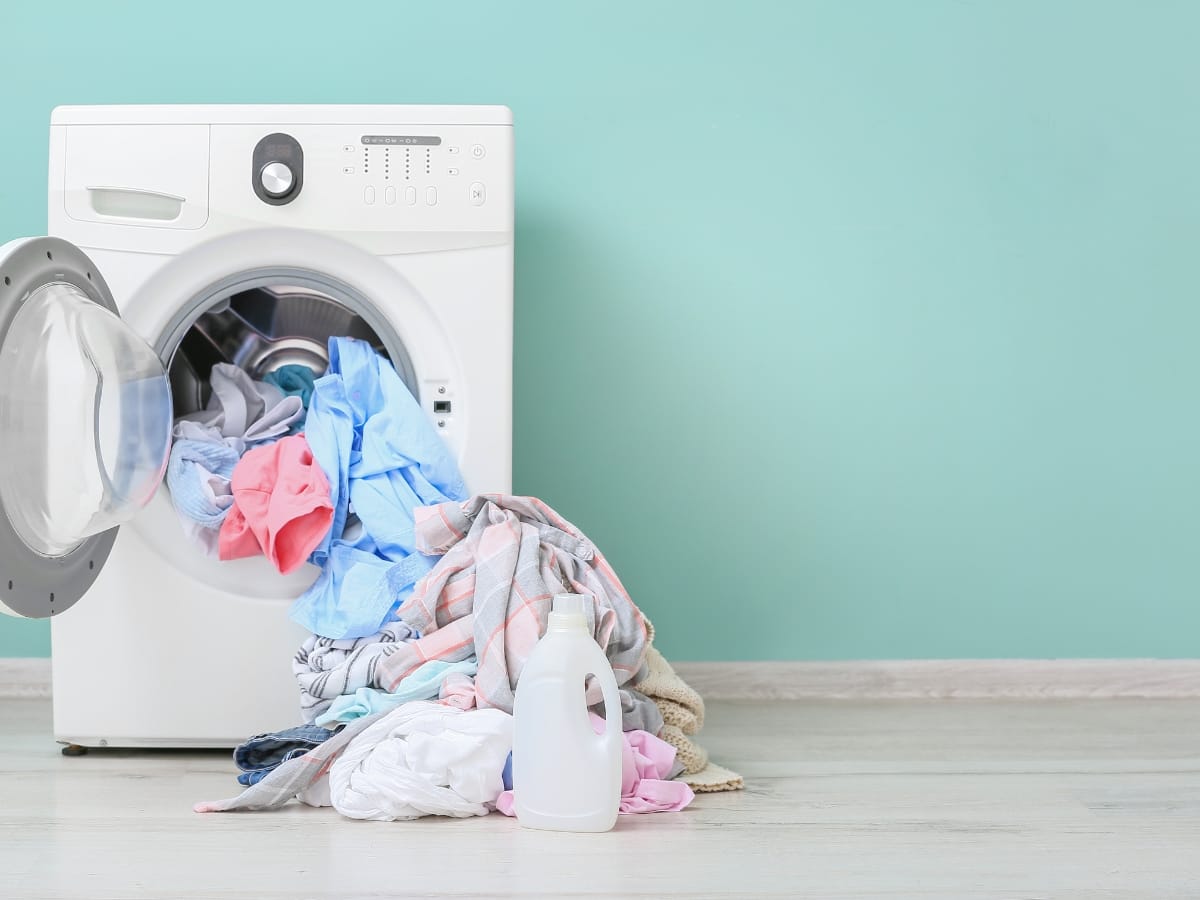
Taking a few simple steps after each round will keep your visor in top shape. Follow these key maintenance practices:
- Regular Cleaning: Gently hand-wash in cool water with a mild detergent. Let the visor air-dry on a flat surface or over a rounded form to preserve its shape and prevent fading.
- Proper Storage: Store the visor in a cool, dry area away from direct sunlight. If you have multiple hats, hang them individually or use a headwear rack to avoid crushing the brims.
- Periodic Inspections: Every few months, check the brim, stitching, and inner sweatband for loose threads, thinning fabric, or warping. Replace the visor if its structure or fit starts to deteriorate.
- Avoid Harsh Chemicals: Never use bleach, fabric softeners, or strong cleaners. These products can strip UV-resistant coatings and weaken the fabric’s fibers, reducing sun protection.
In addition to these steps, spot-treat odor or sweat marks with a fabric-safe deodorizer or a light vinegar solution. Simply mist the affected area, let it air out thoroughly, and the visor will feel fresher without a full wash. For deeper cleaning of the sweatband, remove it when possible, soak only the band in soapy water, gently rub with your fingertips, rinse well, and let it dry completely before reattaching.
What Are the Benefits of Wearing Golf Visors Compared to Hats?

Visors keep your head cooler by leaving the top open, allowing heat and moisture to escape more easily than a full hat. This airflow is especially helpful during long rounds in summer, when a closed crown can trap sweat and raise your overall temperature. By preventing the buildup of heat, a visor helps you stay focused without the distraction of constant overheating.
Because they lack a full crown, visors offer a wider field of vision. You won’t need to tilt your head or lift a brim to see shots or read greens. This unobstructed peripheral view can make a real difference in awareness, so you catch subtle breaks in the turf and spot shifting wind indicators like moving leaves or flags. For players who depend on precise alignment, that extra line of sight can support better decision-making on every hole.
Visors use wide brims to shade the face and eyes without adding bulk or slowing you down. The brim blocks direct sunlight and cuts glare, so you spend less time squinting and more time focusing on your swing. At the same time, the open design means there’s no extra weight pressing on your head. Many golfers find that lighter headwear reduces fatigue and prevents headaches over multi-hour rounds.
Modern visors take advantage of high-tech fabrics to control moisture and maintain comfort. Sweat-wicking fibers move perspiration off the skin and disperse it across the fabric’s surface, speeding evaporation. Ventilation panels or micro-perforations in the crown material further improve breathability. These performance fabrics also dry rapidly, so your visor stays light even after a sudden rain shower or an intense stretch of play.
Beyond performance, visors have a streamlined look that suits both traditional golf attire and more casual outfits. They come in a range of colors and simple styles that complement polos and performance shirts without drawing too much attention. By blending practical benefits—better airflow, wider vision, lighter weight and moisture management—with a clean aesthetic, golf visors provide an appealing alternative to conventional hats for players at any skill level.
Frequently Asked Questions
- What UPF rating should I look for in a golf visor? A: Look for a UPF rating of 50+ to block over 98% of harmful UV rays.
- Are moisture-wicking visors necessary for hot weather? A: Yes; they wick perspiration away, keeping you cool and comfortable.
- How do I know if a visor will stay in place during play? A: Check for adjustable features like hook-and-loop fasteners or elastic closures, and read customer reviews on fit.
- Can I match my golf visor with my outfit? A: Absolutely; visors come in a variety of colors and patterns that can complement your overall style.
- How often should I replace my golf visor? A: Replace your visor every one to two seasons or sooner if you notice significant wear or reduced performance.
- Where can I get custom orders for golf visors? A: Many specialty retailers, such as GolfShot Apparel, offer custom order options with personalized logo and color choices.
- Do premium visors provide better performance than cheaper options? A: Yes; premium visors typically use advanced materials and features that enhance comfort, durability, and UV protection.
Final Thoughts
A great golf visor does more than block the sun—it completes your look while keeping you cool and focused on your game. At Golf Shot Apparel, we specialize in high-performance apparel that delivers unbeatable sun protection without sacrificing style. Ready to step up your gear? Call us at 888-950-9515 to explore our premium collection and find your perfect match. Elevate your game with the visor that works as hard as you do—choose Golf Shot Apparel today.
